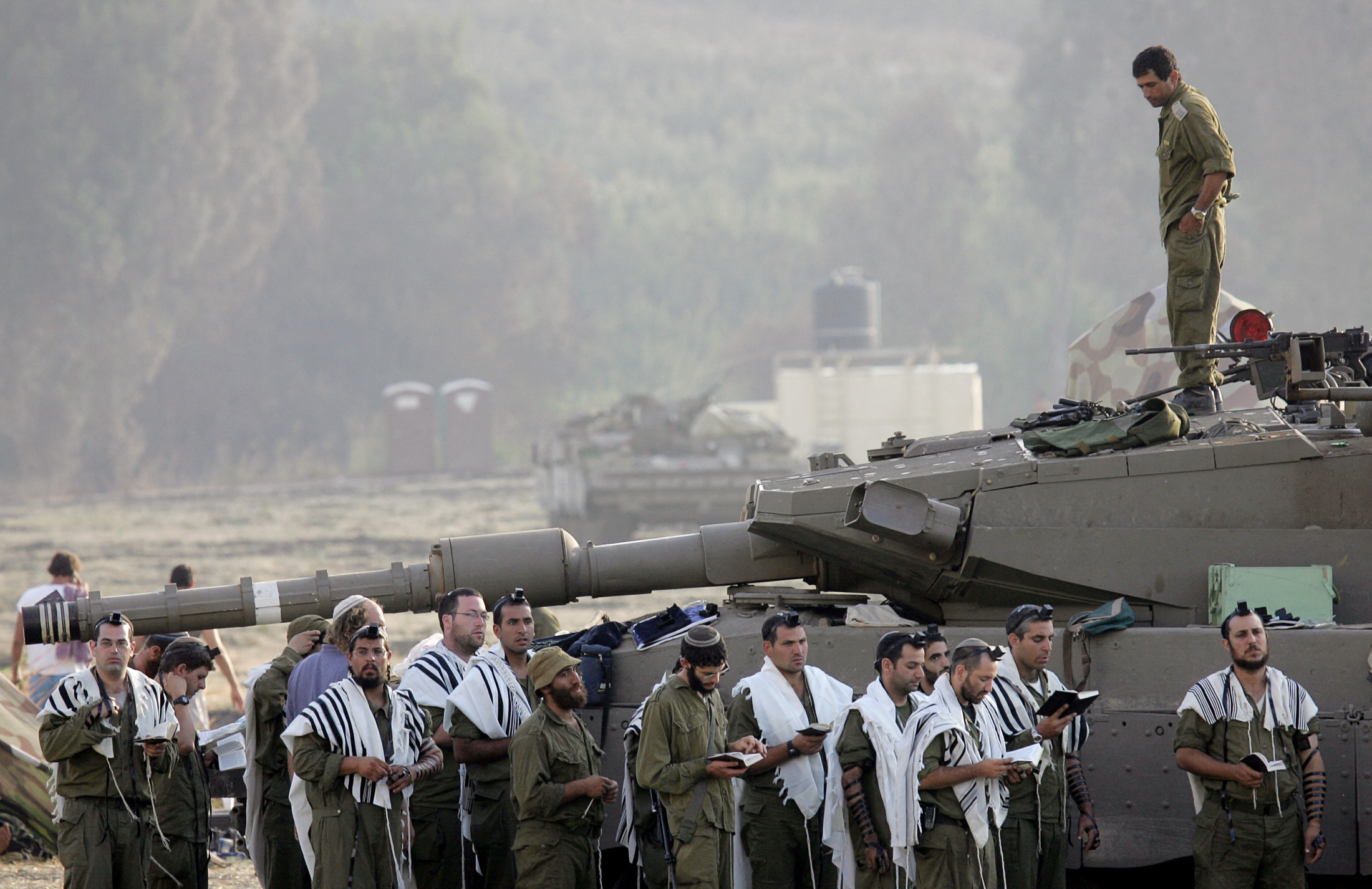A significant number of drones entered Belarus in the space of 24 hours, prompting the Eastern European country's air force to scramble aircraft four times, according to a report.
Some 38 unmanned aerial vehicles (UAVs), identified as Shahed "kamikaze" drones, entered Belarus—a close ally of Moscow which neighbors both Russia and Ukraine—between November 24-25, according to a Telegram account which monitors military activity. The tracker said this was a record number.
Aircraft from Belarus' air force took off and flew to the southeast of the country four times in the past 24 hours, the account said.
Newsweek could not independently verify the report and has contacted authorities in Belarus via email for comment.

"At least one suicide bomber flew to Mozyr, there were dozens of passages through the 'Belarusian corridor,' and at least three times suicide bombers flew into the Gomel region, in the area of the Novaya Guta border crossing," the military monitor said.
"Of the 38 recorded approaches, only 9 were confirmed to have returned to Ukrainian airspace," it added.
Shahed drones have been commonly used in the war between Russia and Ukraine, with drone warfare playing a significant role in the conflict. The unpiloted vehicles are referred to as kamikaze drones as they are laden with explosives and destroyed upon impact.
On Monday, Kyiv said it had downed 114 Russian UAVs within the space of 24 hours.
This report, based on figures from Ukraine's armed forces, also said that Moscow suffered 1,610 casualties and lost 22 artillery systems and 111 vehicles over the same time frame.
If accurate, this would bring Russia's total loss of drones since the 2022 invasion began to 19,480. Meanwhile, Russia claims to have neutralized 36,648 UAVs since 2022. However, military analysts are often skeptical of reports released by both sides.
On Sunday, Ukraine's General Staff announced that Kyiv's forces successfully targeted an advanced Russian air-defense system in the border Kursk region.
According to Kyiv, the operation hit the radar component of the S-400 surface-to-air missile system, comparable to the U.S. military's Patriot air-defense system. Each S-400 system is estimated to cost around $200 million, an expert with the London-based Royal United Services Institute defense think tank previously told Newsweek.
The strike came shortly after the U.S. authorized Ukraine to use American-supplied long-range weaponry to attack targets within Russian territory, lifting prior restrictions. This decision followed reports suggesting that North Korea would provide troops to support Russia's military efforts.
In an apparent response, Moscow launched a hypersonic missile attack on the central Ukrainian city of Dnipro, targeting a military installation. The strike employed the experimental Oreshnik hypersonic missile, an intermediate-range weapon reportedly capable of carrying either nuclear or conventional warheads.
Do you have a story we should be covering? Do you have any questions about this article? Contact LiveNews@newsweek.com



















 English (US) ·
English (US) ·